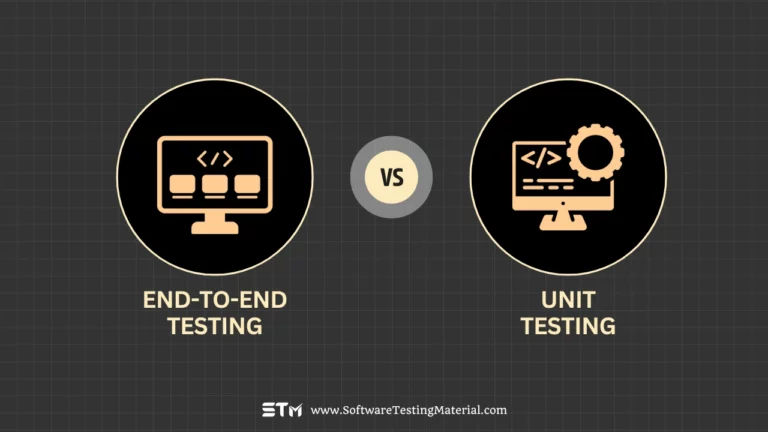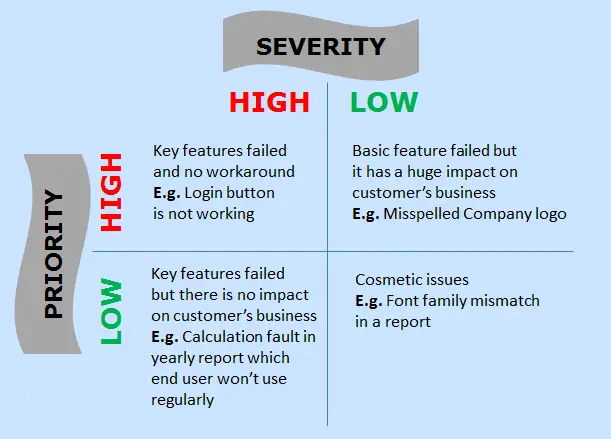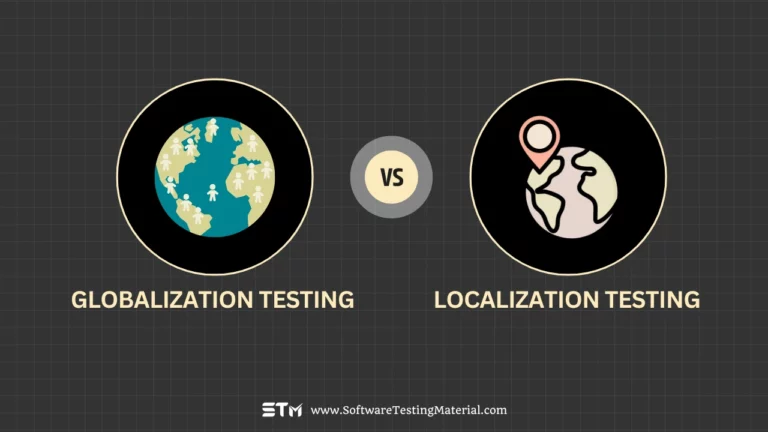High-Level Design Vs Low-Level Design (HLD Vs LLD): Everything You Should Know
In this article, we will explore High-Level Design Vs Low-Level Design and also see the brief introduction to each.
When creating any software system, it is essential to have a clear and structured design process. High-Level Design (HLD) and Low-Level Design (LLD) are two important stages in this process. While HLD focuses on the overall architecture and structure of the system, LLD dives deeper into the specific details and components.
Understanding the key differences between HLD and LLD helps ensure that the software is well-planned, efficient, and effective.
What is High-Level Design (HLD)?
High-Level Design (HLD) is a type of planning used in software development and engineering to give a broad view of the system. It focuses on the overall architecture and structure of the project, describing how different components or modules will interact with each other. HLD also defines technologies, tools, and platforms that will be used, allowing stakeholders to understand the “big picture” before moving into more detailed designs.
HLD uses models like decision tables, flowcharts, and data dictionaries to outline a macro-level solution based on business requirements. Created by solution architects, the HLD provides a foundation before developing the Low-Level Design.
For example, imagine designing a new e-commerce website. The HLD would outline the main components, such as the user interface, product catalog, shopping cart, payment gateway, and database. It would explain how the user interface connects to the catalog to display products, how the shopping cart stores selected items, and how the payment gateway processes transactions. However, it won’t go into the detailed coding or technical specifics—that comes later during the Low-Level Design (LLD) phase. High-Level Design serves as a roadmap that guides the development team through the project.
What is Low-Level Design (LLD)?
Low-Level Design (LLD) is a detailed and technical approach to software design that focuses on how individual components of a system will work. While High-Level Design (HLD) provides a big-picture view, LLD dives deeper into the specifics, describing how each module or feature will be implemented. It includes details like class diagrams, database schemas, workflows, and the logic behind each function or module. LLD is like creating blueprints for the actual coding phase, ensuring that developers know exactly how to build each part of the software.
Developers and designers create LLD after the High-Level Design, LLD provides a comprehensive, detailed solution for system components and their specifications. It is also referred to as micro-level or detailed design.
For example, if you’re building an online shopping platform, the HLD might outline the key features, such as the product catalog, shopping cart, and payment gateway. However, the LLD will explain the specifics, such as how the shopping cart will store items (using an array or a database table), the structure of a product object (like its attributes—name, price, category), and the detailed logic for applying a discount code. This level of precision helps developers efficiently write clean and coherent code. LLD ensures that all the technical requirements are met while maintaining consistency across the entire system.
Difference Between High-Level Design and Low-Level Design
This comparison emphasizes both the utility and distinct roles of HLD and LLD in system design, ensuring a coherent approach to software architecture and development.
| Aspect | High-Level Design (HLD) | Low-Level Design (LLD) |
|---|---|---|
| Purpose | Provides an overview of the system architecture and design. | Focuses on the detailed implementation and modules of the system. |
| Scope | Broad coverage of the entire system, focusing on its structure and interaction. | Narrow focus, detailing every component and its functionalities. |
| Level of Detail | Abstract and generalized with minimal technical specifics. | Highly detailed with precise technical information. |
| Audience | Suitable for stakeholders, project managers, and senior developers. | Meant for developers and engineers involved in coding. |
| Tools Used | Often uses block diagrams, flowcharts, and system outlines. | Uses detailed UML diagrams, pseudo-code, and logic flows. |
| Objective | To describe what the system will do and how major components interact. | To explain how each part of the system will operate and integrate. |
| Changes and Updates | Relatively stable and less frequently updated during development. | More prone to frequent changes as it deals with implementation details. |
| Dependencies | Focuses on high-level dependencies between modules or subsystems. | Details intra-module dependencies and complex interconnections. |
| Output | Generates a blueprint or roadmap for the entire system. | Produces a guide for developers to write functional code. |
Conclusion: HLD vs LLD
Both High-Level Design (HLD) and Low-Level Design (LLD) serve crucial roles in the software development process, and neither can be regarded as inherently better than the other. HLD provides a broad view of the system, making it easier to visualize the overall structure and communicate the design to stakeholders. On the other hand, LLD dives deeper into the finer details, ensuring that the system’s implementation is precise, efficient, and feasible.
Choosing which approach is better depends entirely on the specific stage of development and the requirements of the project. For a well-rounded and successful design, combining the strengths of both HLD and LLD is often the best practice. This balanced approach ensures clarity, scalability, and robustness, paving the way for a high-quality software system.






